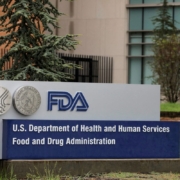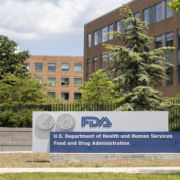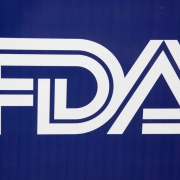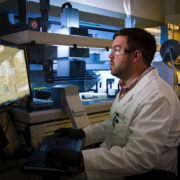Beyond rare disease: wet AMD gene therapy could reach millions
Beyond rare disease: wet AMD gene therapy could reach millions
As gene therapies continue to transform the rare disease treatment landscape, a new generation is on the cusp of breaking through against a highly prevalent disease indication—wet age-related macular degeneration.
Age-related macular degeneration (AMD) is the most common cause of vision loss in people over 60. The advanced stage of the disease, wet AMD, occurs in around 10% of cases and results in 90% of legal blindness. In 2019, around 1.5 million people in the U.S. were living with wet AMD.
The potential reach of a gene therapy in this common disease space is in stark contrast to the current approved gene therapies for rare disease. REGENXBIO and partner AbbVie are currently conducting the “largest gene therapy program ever run” for their wet AMD candidate, REGENXBIO Chief Medical Officer Steve Pakola told BioSpace.
“[Wet AMD gene therapy] is a pretty unique situation,” said Laurent Fischer, CEO of Adverum, a biotech with a mid-stage candidate in the works. Instead of a therapy that costs millions of dollars for thousands of people, he anticipates a price tag of tens of thousands of dollars for millions of people.
Gene Therapy Turns Eye Into Drug Biofactory
Currently approved gene therapies focus on repairing or replacing a faulty gene that causes the disease. In wet AMD, there is no defective gene, so companies are developing gene therapies to deliver an effective medicine to the eye, Rahul Khurana, a retina specialist at Northern California Retina Vitreous Associates, told BioSpace.
Wet AMD is currently treated by anti-VEGF therapies, which block the molecules that lead to the leak of blood or fluid under the retina that blurs the central vision. Khurana said that while these therapies are effective, the burden of ongoing treatment in clinical practice is problematic, with patients regularly needing anti-VEGF injections. Khurana recently published a study showing that one in nine AMD patients treated with anti-VEGF injections became “lost to follow up” and one in seven are not persistent with therapy.
“Gene therapy shows a lot of promise for a one-time therapy, or a longer duration therapy, to deliver medicine so patients do not keep returning for regular injections,” Khurana said. “It’s a very creative approach.”
Gene therapies by Adverum, 4D Molecular Therapeutics, and REGENXBIO in collaboration with AbbVie are in mid- to late-stage clinical trials. Each involves injections to deliver a therapeutic protein but differs in where those injections are given—behind the retina at the back of the eye (sub-retinal), between the sclera and choroid near the eye’s outer surface (suprachoroidal) or into the fluid that fills the inside of the eye (intravitreal).




 Reuters
Reuters Reuters
Reuters



